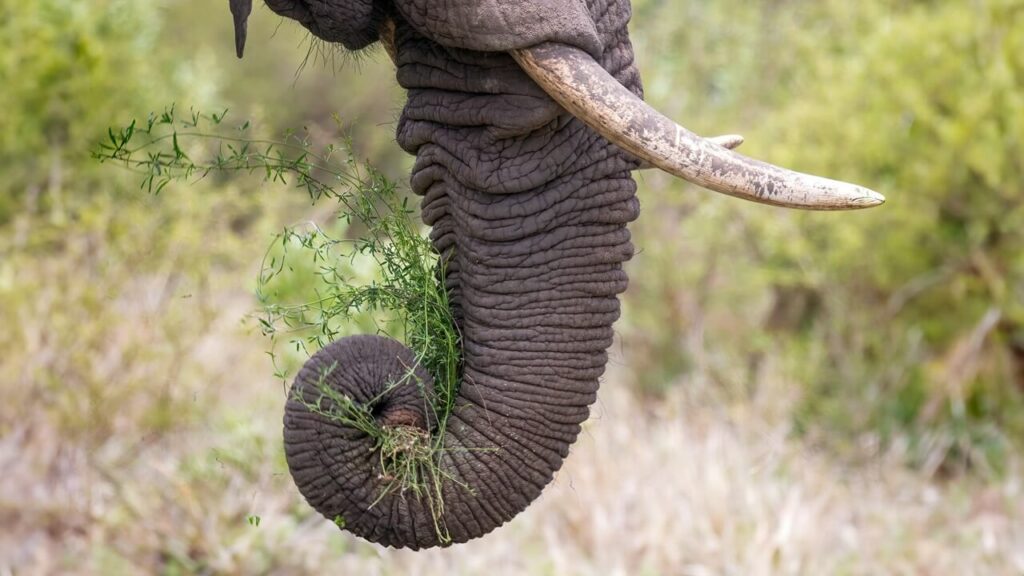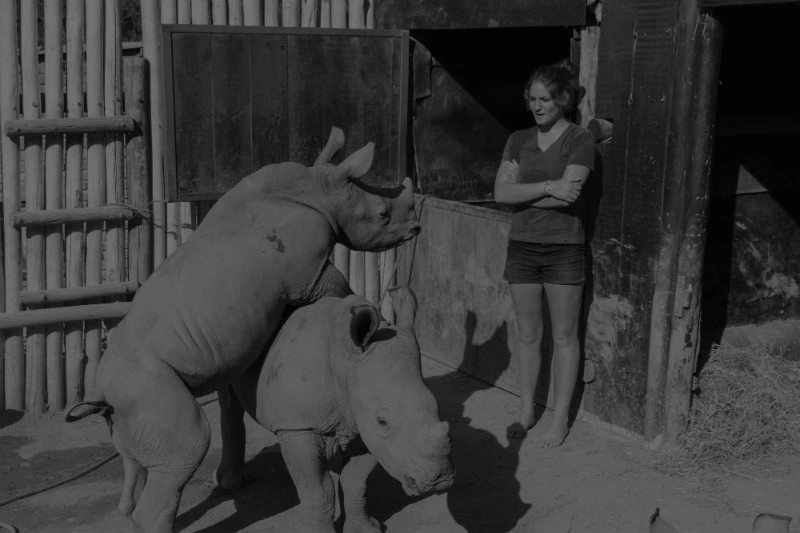Pale Chanting Goshawk: Master Hunter of the Kalahari
Pale Chanting Goshawk: Appearance and Song
The Kalahari is one of the most fascinating and diverse ecosystems in the world, with a unique array of flora and fauna. Among the many species that call this region home are the Pale Chanting Goshawks, a stunning bird of prey that has adapted to the harsh conditions of the desert. In this blog post, we will explore the fascinating world of Pale Chanting Goshawks in the Kalahari, learning about their physical characteristics, behavior, diet, and habitat.
The Pale Chanting Goshawk is a bird species that is found in various parts of Africa, including the southern and eastern regions. It is also known by its scientific name, Melierax canorus. The species belongs to the Accipitridae family, which includes other birds of prey like eagles, hawks, and buzzards.
One of the most unique features of Pale Chanting Goshawks is their vocalizations. The birds are known for their distinctive chanting calls, which they use to communicate with each other. These calls can be heard from a distance, and they are often used during courtship displays.
Pale Chanting Goshawks are well-known for their hunting skills. They are opportunistic hunters, meaning that they will prey on whatever is available in their environment. They are also known for their adaptability, as they can hunt in various environments, including forests, savannas, and deserts.
The Kalahari’s Snake Hunter: Pale Chanting Goshawk Techniques
These birds have a unique method of hunting snakes. When hunting snakes, they will use their powerful talons to grasp the snake behind its head, then slam it against the ground repeatedly until it is incapacitated. This technique allows them to safely hunt venomous snakes like cobras and adders.
In addition to their hunting skills, Pale Chanting Goshawks are also known for their ability to adapt to changing environments. They have been observed using man-made structures like telephone poles and fence posts as hunting perches. This ability to adapt to human-made structures has allowed them to expand their range into areas that were previously unsuitable for them.
Nesting and Raising Young: Pale Chanting Goshawk Habits
The nesting behavior of Pale Chanting Goshawks is also fascinating. During the breeding season, the male goshawk will often bring sticks and other materials to the female, who will then use them to construct the nest. The nest is typically located in a tree or on a rocky outcrop, and it is built to be sturdy enough to withstand harsh weather conditions. The female will lay between one and three eggs, which she will incubate for around 40 days. After hatching, the young goshawks will stay in the nest for around six weeks before fledging.
Pale Chanting Goshawks are not currently considered to be threatened or endangered, but they do face some conservation challenges. One of the main threats to their populations is habitat loss due to human activities like farming and urbanization. Additionally, they may be targeted by farmers who view them as a threat to their livestock.
Efforts are underway to help protect Pale Chanting Goshawks and their habitats. One conservation initiative is the installation of nesting platforms in areas where natural nesting sites are scarce. These platforms provide a safe and secure place for goshawks to breed and raise their young. Additionally, education programs aimed at raising awareness about the importance of birds of prey and their ecosystems are also helping to protect these remarkable birds.

Pale chanting goshawk eating at sunset at Khamab Kalahari Reserve
Physical Characteristics:
The Pale Chanting Goshawk is a medium-sized bird of prey, with a wingspan of approximately 80 cm and a weight of around 700g. It has a distinctive plumage, with a pale grey head, back, and wings, and a white underbelly with dark streaks. The bird’s eyes are bright yellow, and it has a sharp, hooked beak that is perfectly adapted for tearing apart prey. The bird’s long, powerful legs are equipped with sharp talons that allow it to capture and hold onto prey.
Behavior:
Pale Chanting Goshawks are solitary hunters, although they are sometimes seen in pairs during the breeding season. They are diurnal, meaning that they hunt during the day, and are particularly active in the early morning and late afternoon. These birds are territorial and will defend their hunting grounds from other goshawks.
Pale Chanting Goshawk Diet: What’s on the Menu?
Pale Chanting Goshawks are carnivorous, and their diet consists mainly of small mammals, reptiles, and birds. Their preferred prey includes lizards, snakes, rodents, and small birds such as doves and finches. These birds of prey have keen eyesight, which they use to scan the ground for potential prey. Once they spot their target, they swoop down from the air, using their sharp talons to capture and kill their prey.
Habitat:
Pale Chanting Goshawks are found throughout the Kalahari, which includes parts of Botswana, Namibia, and South Africa. They are particularly well adapted to the arid conditions of the desert, and are often seen perched on tall trees or telephone poles, scanning the ground for prey. They are also known to make their nests in thorn trees or other dense vegetation.
Breeding:
The breeding season for Pale Chanting Goshawks begins in the late winter, around July and August. During this time, male goshawks will engage in elaborate courtship displays, including soaring high into the sky and performing acrobatic maneuvers. Once a pair has bonded, they will construct a nest together, which is typically located in the fork of a tree or on a rocky ledge. The female will lay between one and three eggs, which she will incubate for around 40 days. Both parents will take turns incubating the eggs and caring for the hatchlings, which will fledge after around six weeks.
Pale Chanting Goshawk Conservation: Challenges and Solutions
Threats:
Pale Chanting Goshawks are not currently considered to be endangered, although they do face some threats in the wild. One of the main threats to their survival is climate change and habitat loss, which is caused by human activities such as agriculture and urbanization. Additionally, these birds of prey are sometimes targeted by farmers who view them as a threat to their livestock.
Solutions:
There are a number of conservation efforts underway to help protect Pale Chanting Goshawks and other birds of prey in the Kalahari. One such effort is the installation of artificial nesting platforms, which provide safe nesting sites for goshawks in areas where natural nesting sites are scarce. Additionally, there are education programs aimed at raising awareness about the importance of these birds and their role in the ecosystem.

Juvenile Pale Chanting Goshawk at Khamab Kalahari Reserve
Conclusion:
The Pale Chanting Goshawk is a remarkable bird of prey that has adapted to the challenging conditions of the Kalahari. Their unique physical characteristics, behavior, diet, and habitat make them a fascinating species to study and observe. While they face some threats in the wild, efforts are being made to protect and conserve these birds of prey and their ecosystems. By continuing to learn about and appreciate these magnificent birds, we can work towards ensuring their survival for generations to come.
Want to see Pale Chanting Goshawks for yourself? Our Project let’s you join a Kalahari Safari to help African Wildlife or Contact Us for any other questions or read our Testimonials!
Learn More about these incredible birds here!






